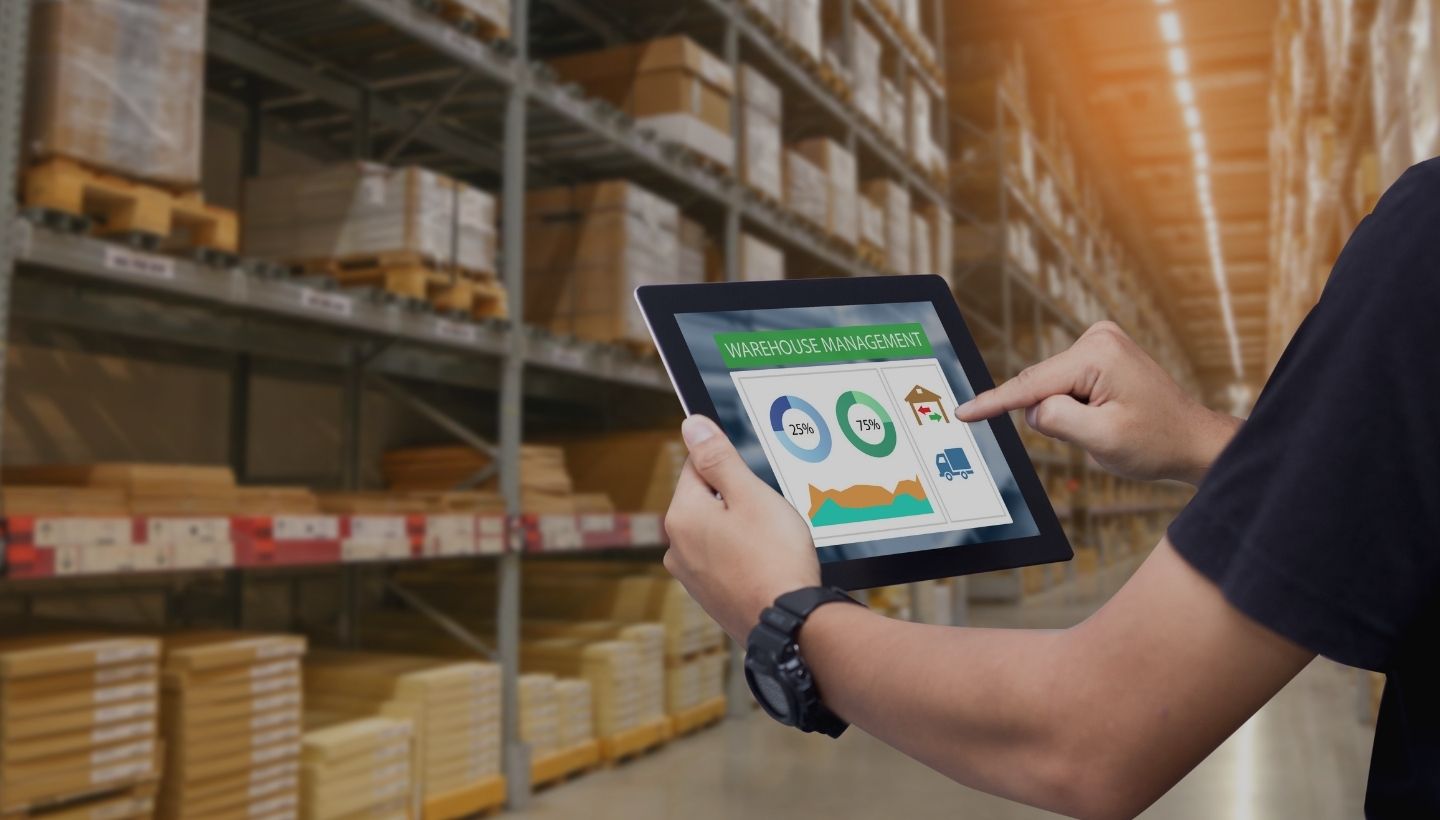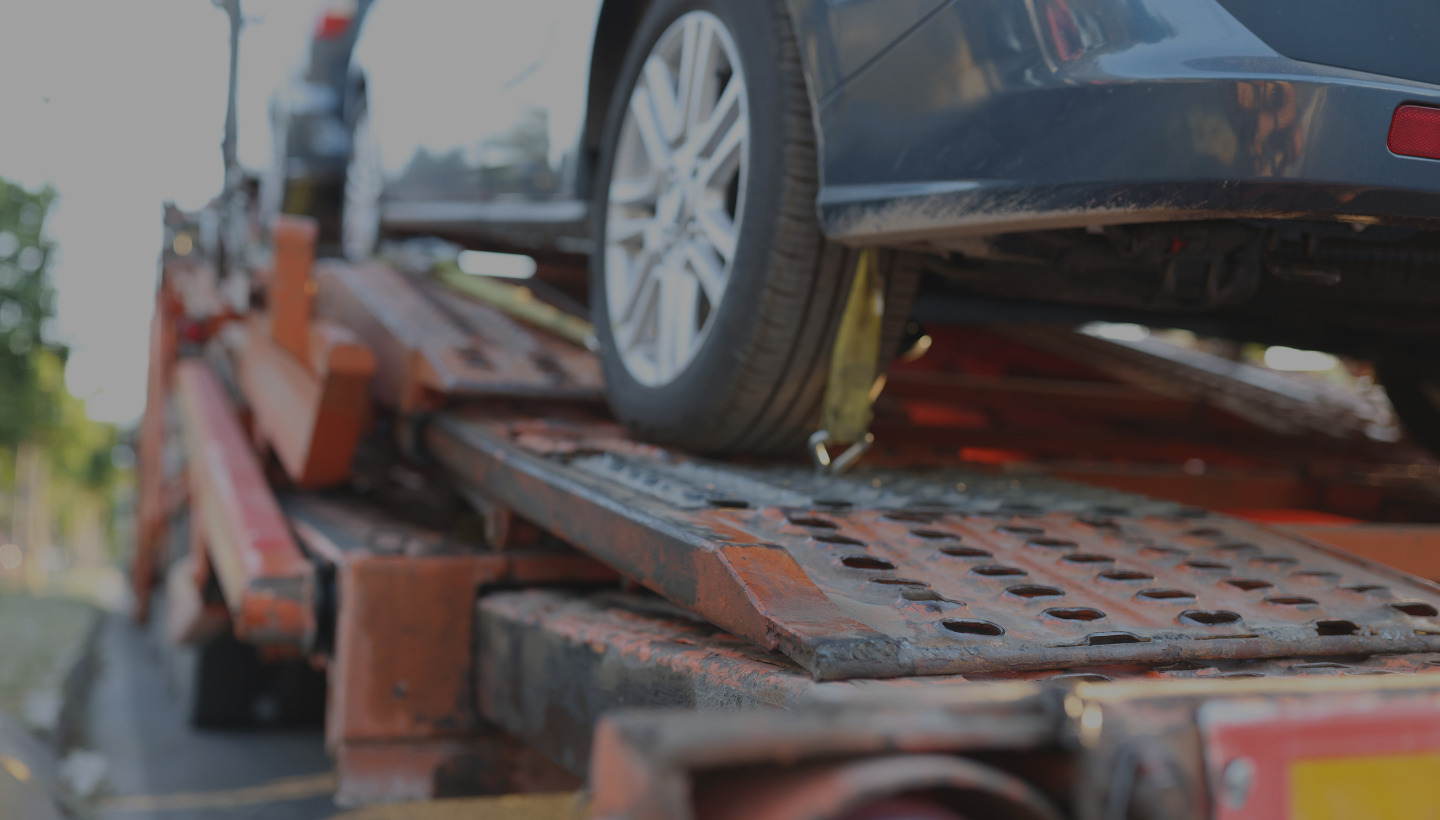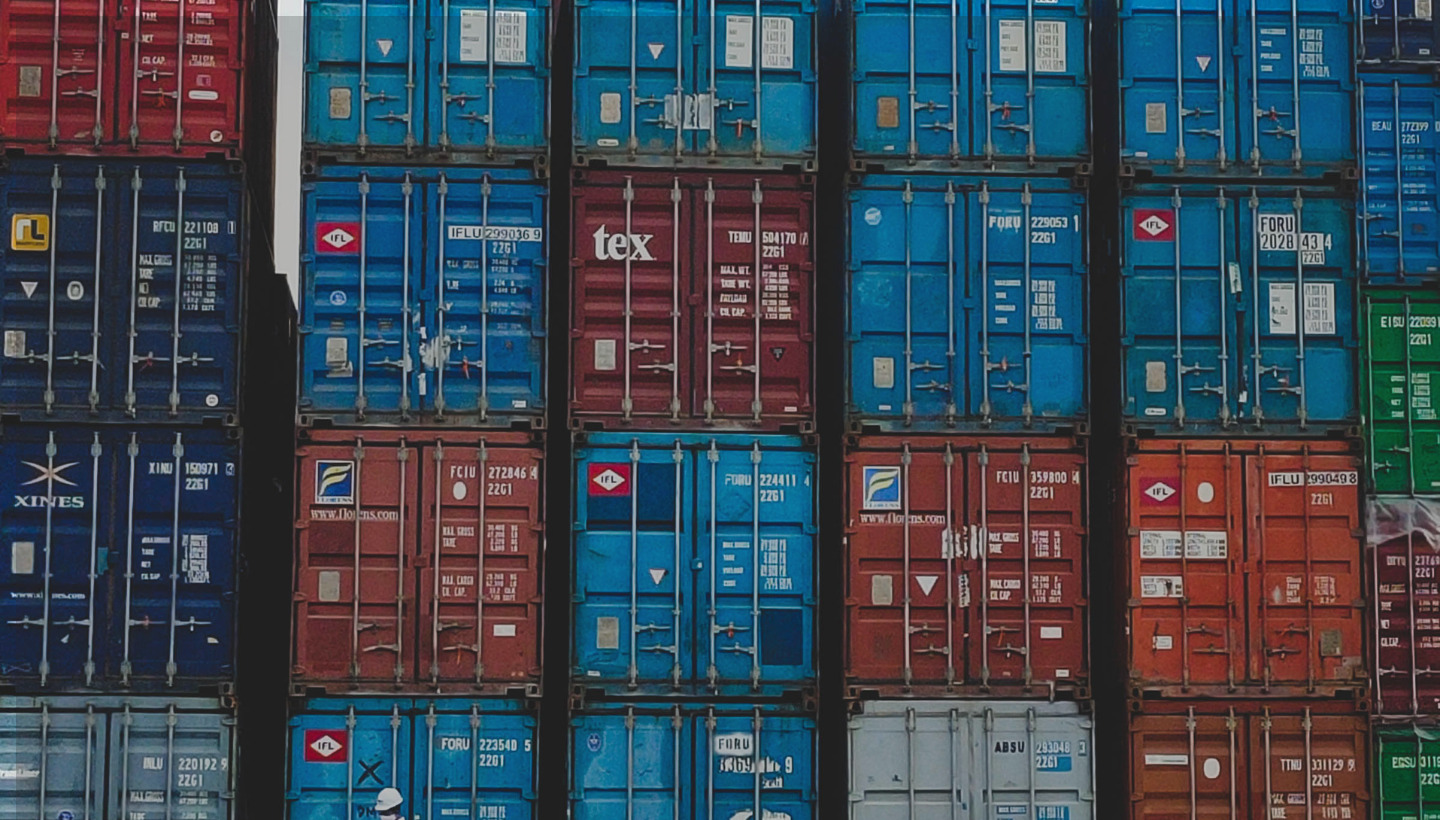When you’re working to turn your dock doors, fee management is the last thing you likely want to think about. However, paper-based accessorial fee collection processes are often one of the biggest reasons for slow turnover and labor inefficiencies. If your receiving clerks are still tracking and receiving fees manually, wasted hours are inevitable. And wasted labor hours mean lost revenue.
With many warehouses experiencing a labor crunch, it’s even more important to make the most of your time with the staff you currently have. In a Logistics Management survey, 55% of respondents cited that the inability to attract and retain a qualified hourly workforce was a leading issue in their warehouses.
Accessorial fee collection is an area that can eat up major time for warehouses. Ask yourself: how often is your team on the phone instead of servicing customers? Your staff can waste hours verifying if a fleet check is valid or chasing bad debts. Manual processes create anywhere from 3-6% fee leakage, on top of wasted hours. If you’re feeling frustrated by managing fee collection, here are the three biggest reasons to kick old fee collection practices to the curb – and get time back for you and your staff.
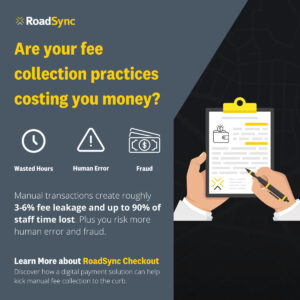
Obstacle #1: Collecting Fees Manually at the Dock Door
You’ve probably seen it firsthand. Your receiving clerks are writing down fees and payment information manually at the dock doors, forcing them to enter that information into ledger lines later. That is, if it doesn’t get lost along the way. This leaves more room for errors, and can eat up a lot of time. Fortunately, adopting digital payments, and the right system to handle them, lets you process payments quickly and accurately on the spot.
Obstacle #2: Verifying Fleet Checks
It’s more than likely that your team is often stuck on the phone verifying if a fleet check is valid. With an automated payments system, you can validate credit cards and checks immediately while the driver is still right there. This one change will slash verification time from 5-10 minutes to a mere 30 seconds. This means your doors can turn faster, your team spends less time on verification and fee management, and your warehouse can continue to process bigger volumes without having to add staff. Comcheks and EFS checks used to be only paper but now can be processed digitally as express codes.
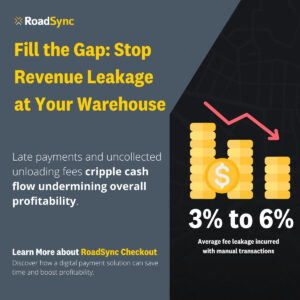
Obstacle #3: Chasing Down Payments
Late payments not only crimp your cash flow, they waste staff time. Having to constantly follow up on bad checks or missing payments is time-consuming. In some cases, the effort involved means accessorial fees go uncollected altogether. Unloading fees and late fees are the two most common fees that warehouses often overlook when it comes to collections. Unfortunately, that undermines overall profitability and competitiveness. Processing fees on the spot saves time and boosts profitability, and the right digital payments system provides a real opportunity to make that happen smoothly.
Speediness, Meet Quality
Manual payment practices are a big headache. Paper-based fee collection wastes precious time and effort across your team. However, with a digital payment system like RoadSync Checkout, you can start collecting payments in real-time. RoadSync provides an accurate way to collect and track payments as they happen, so you can focus on what matters most: getting the job done right.
Set up cashless and contactless payment processing today with a RoadSync demo

